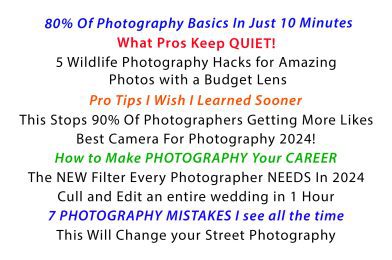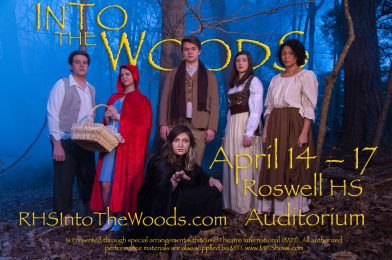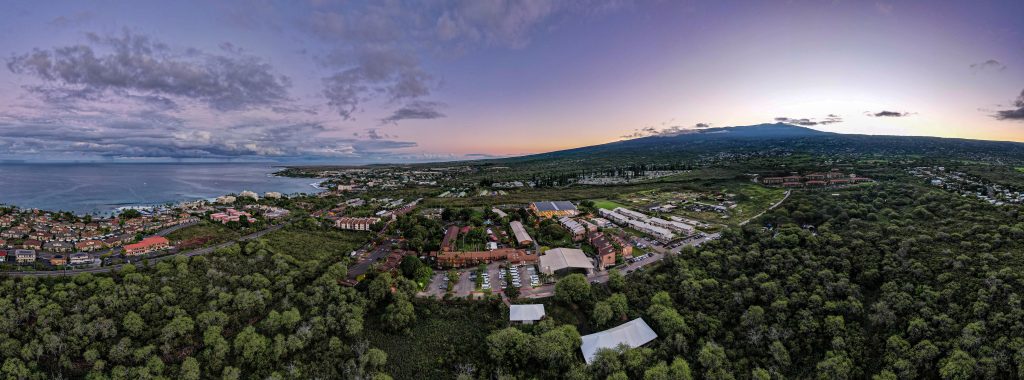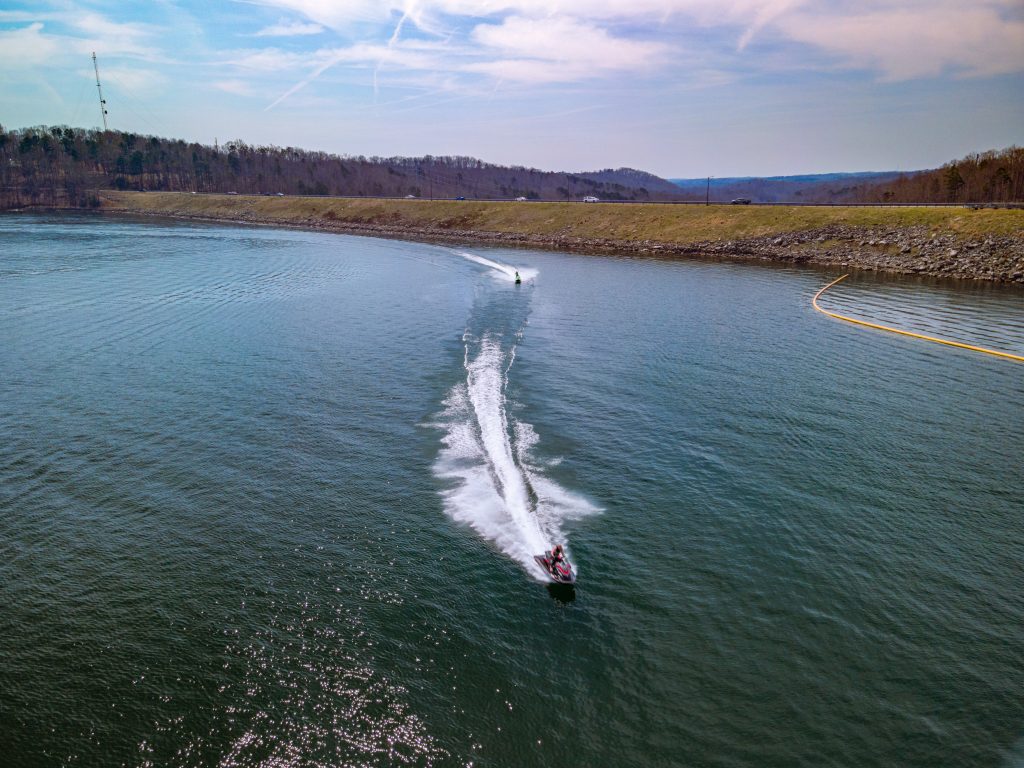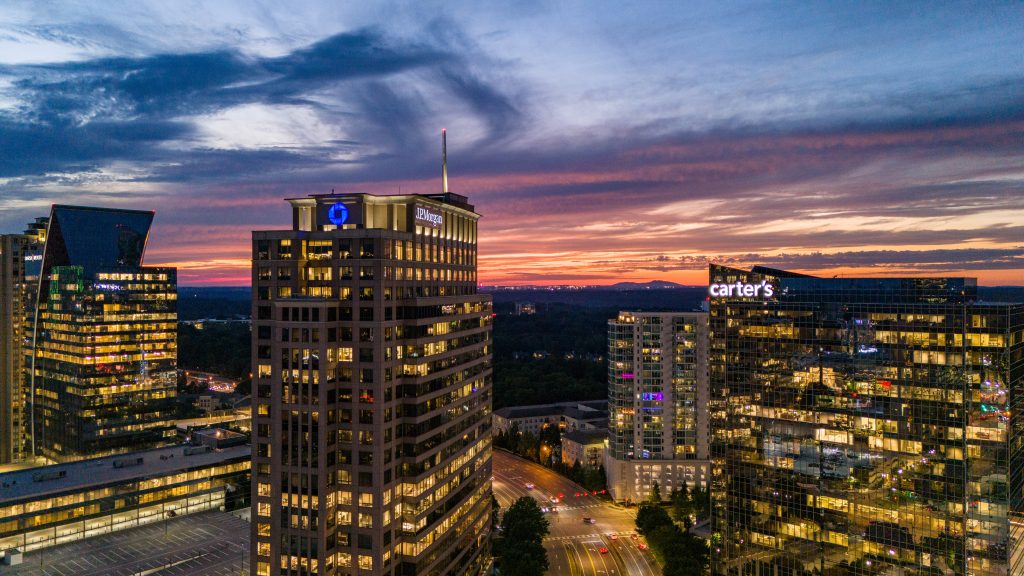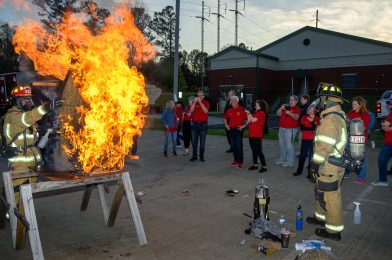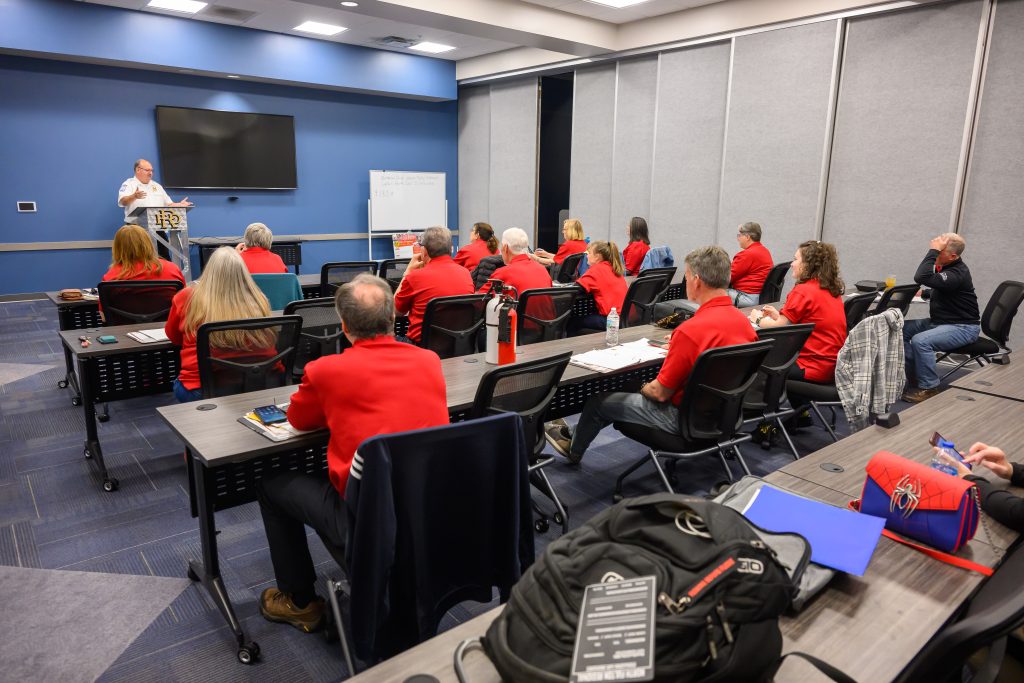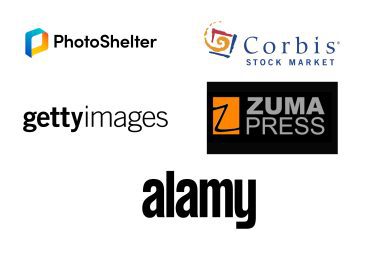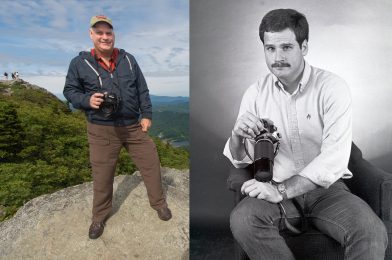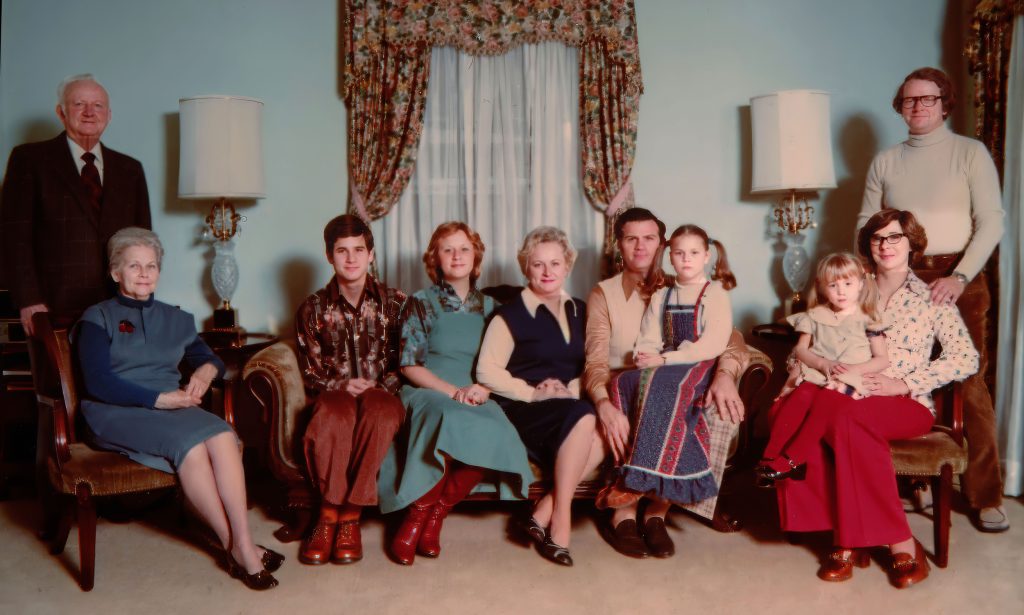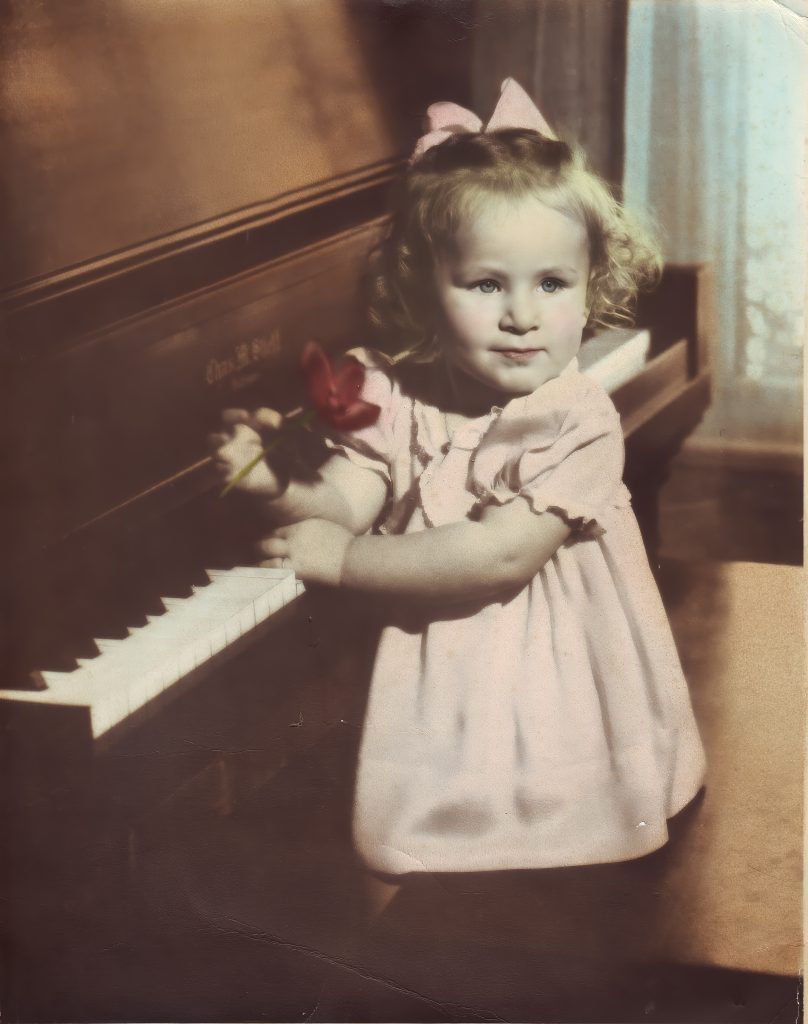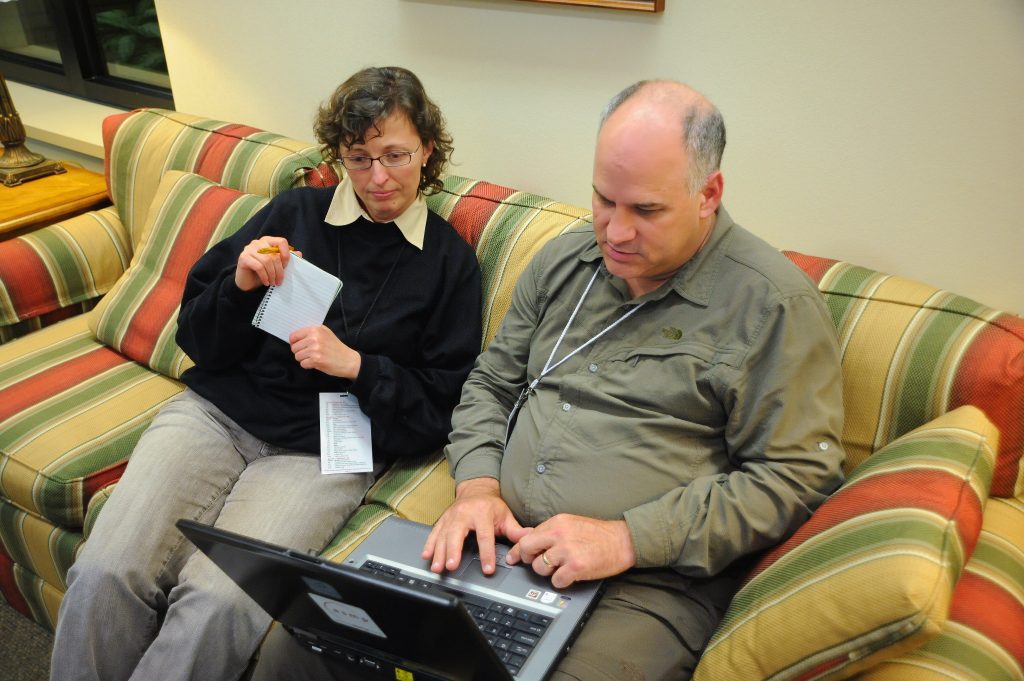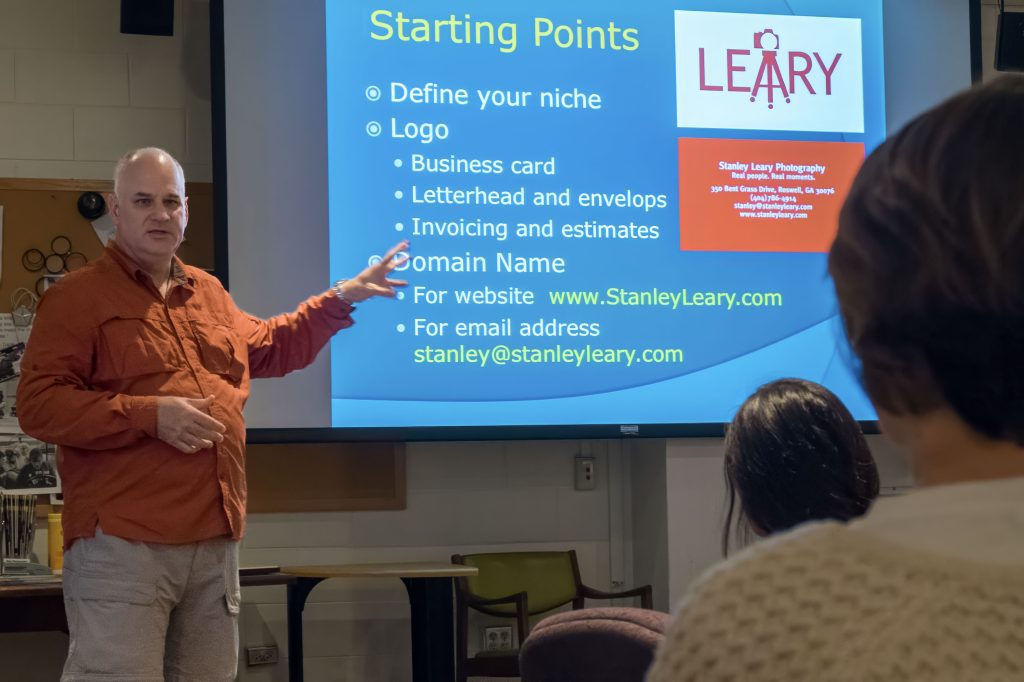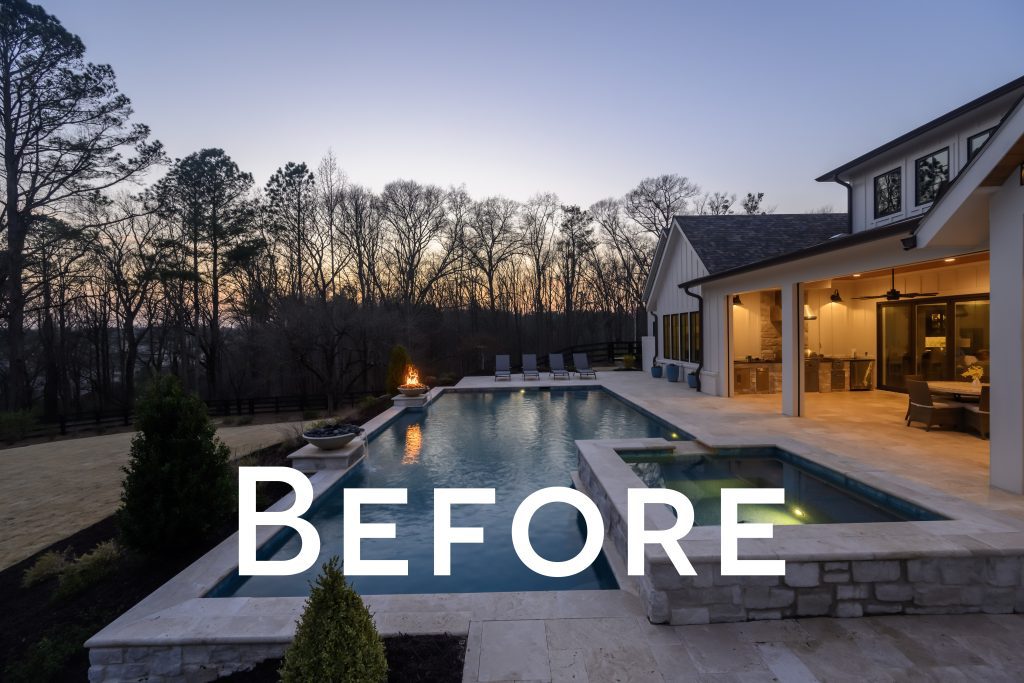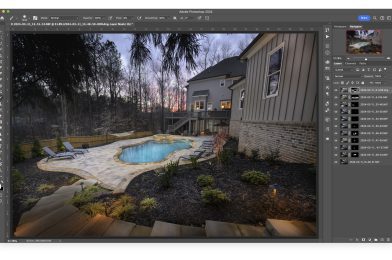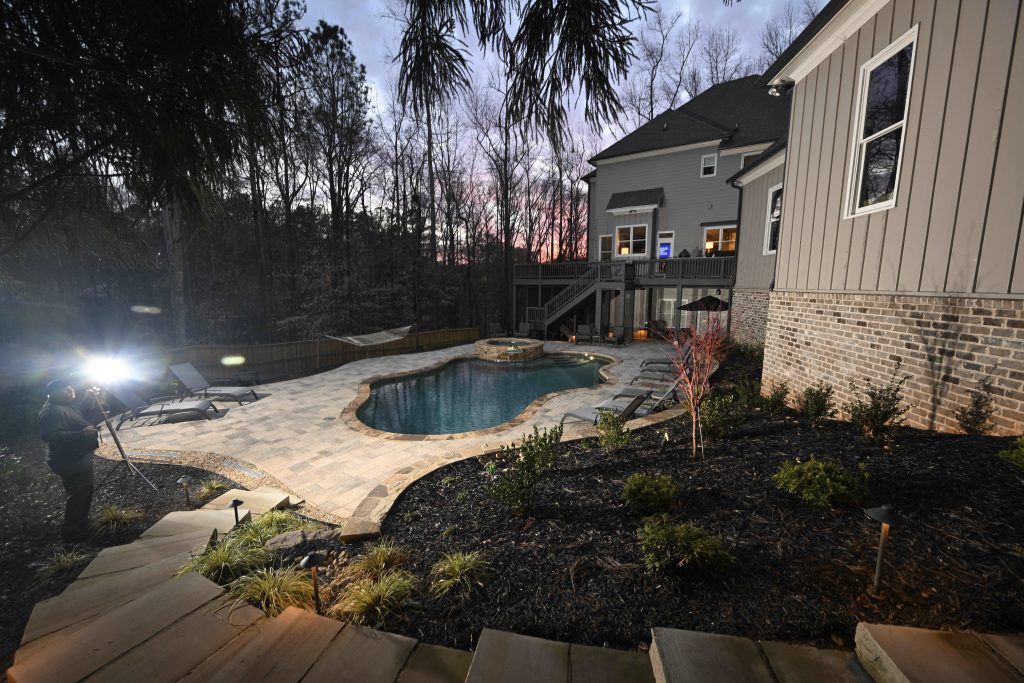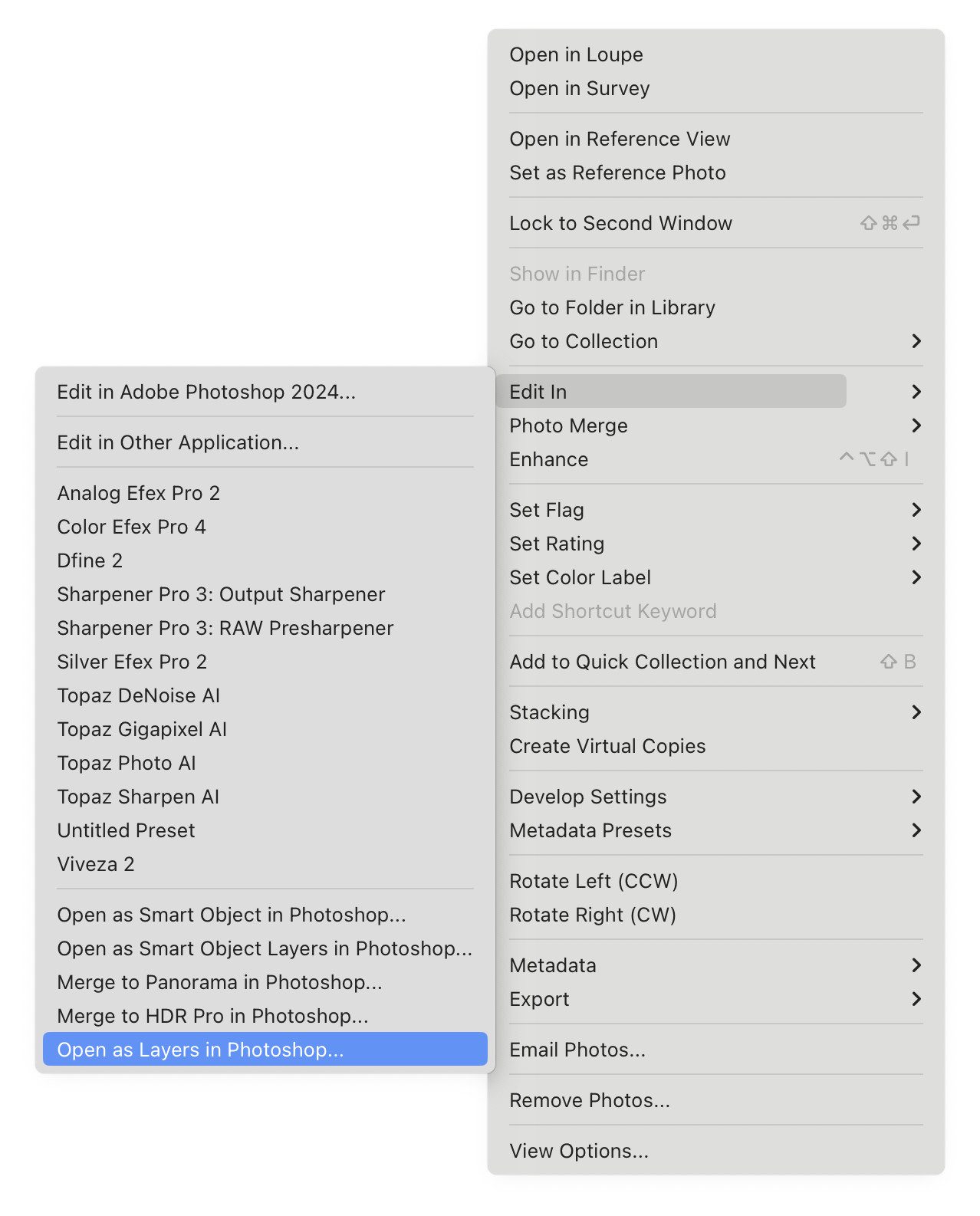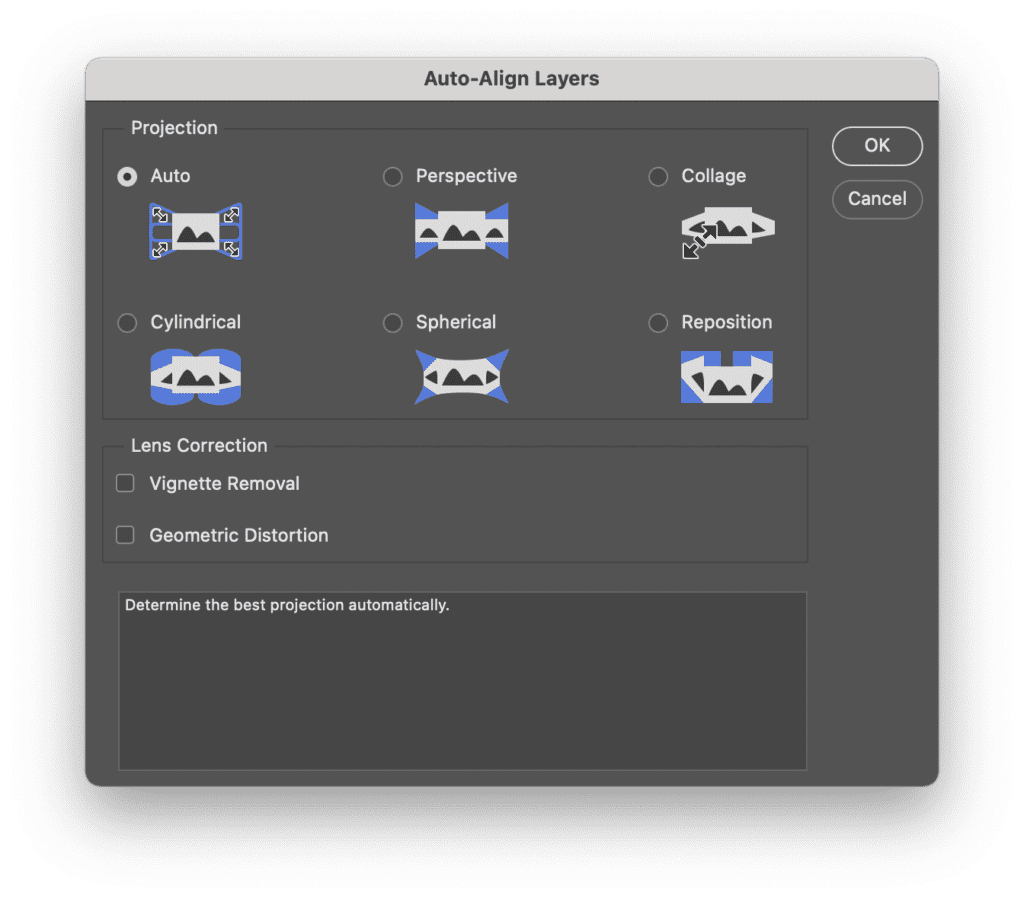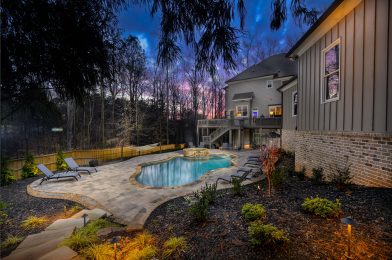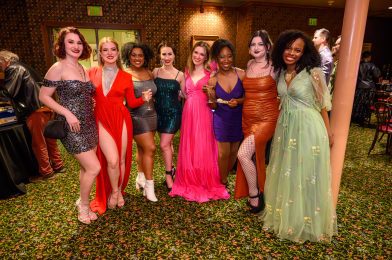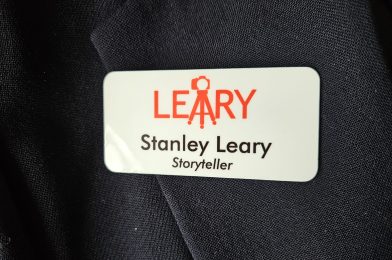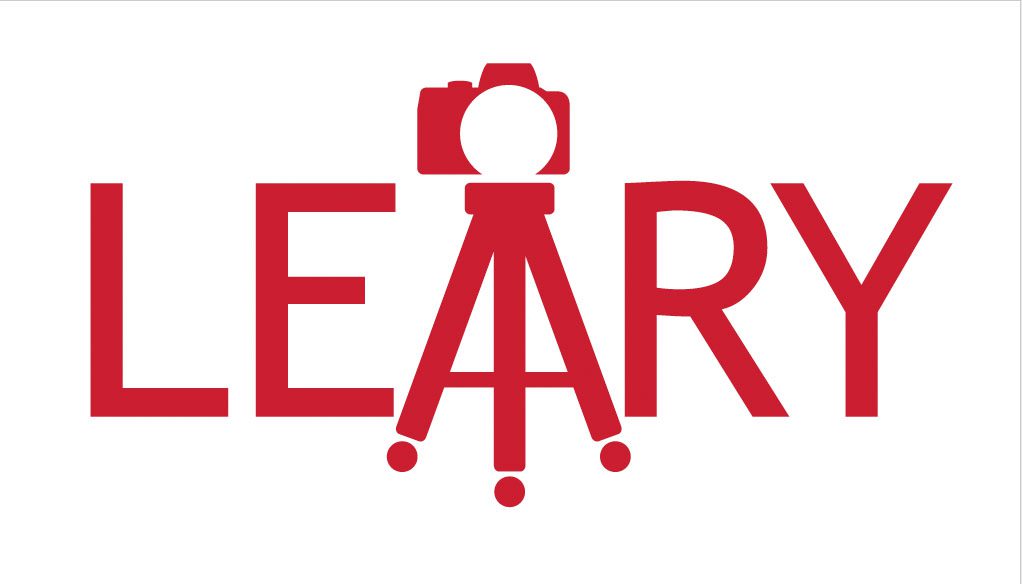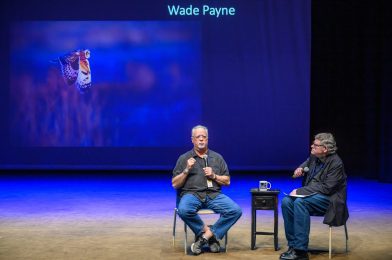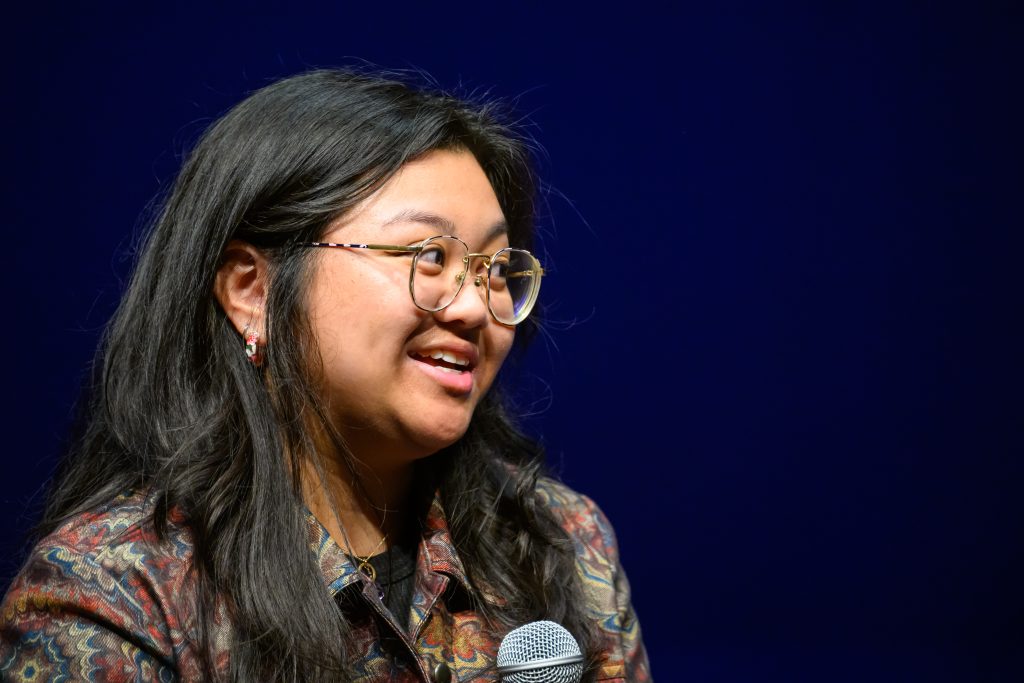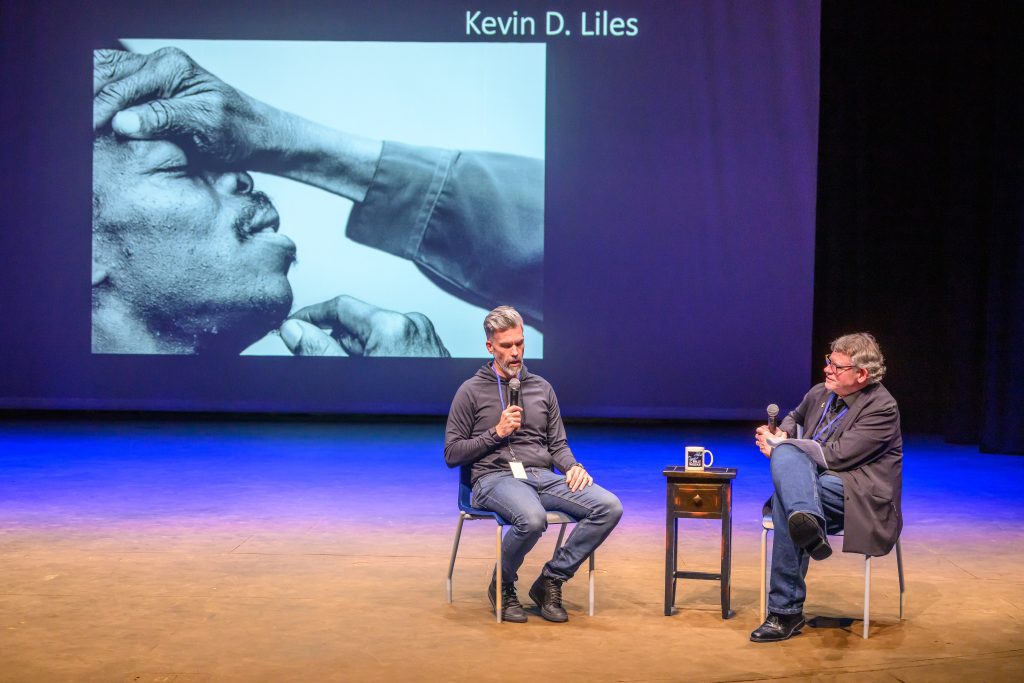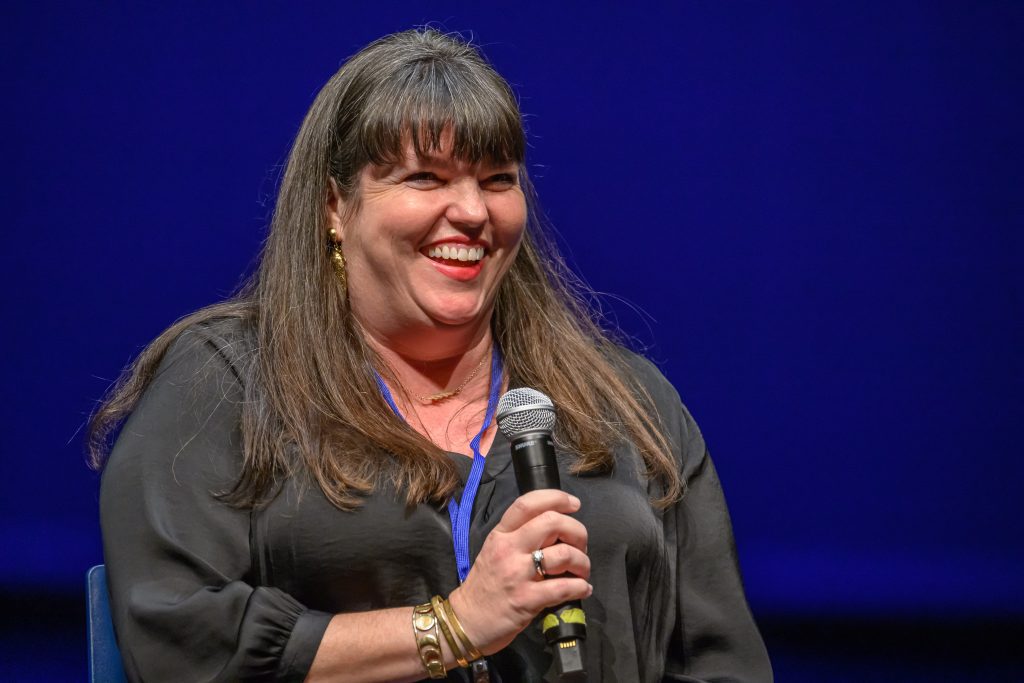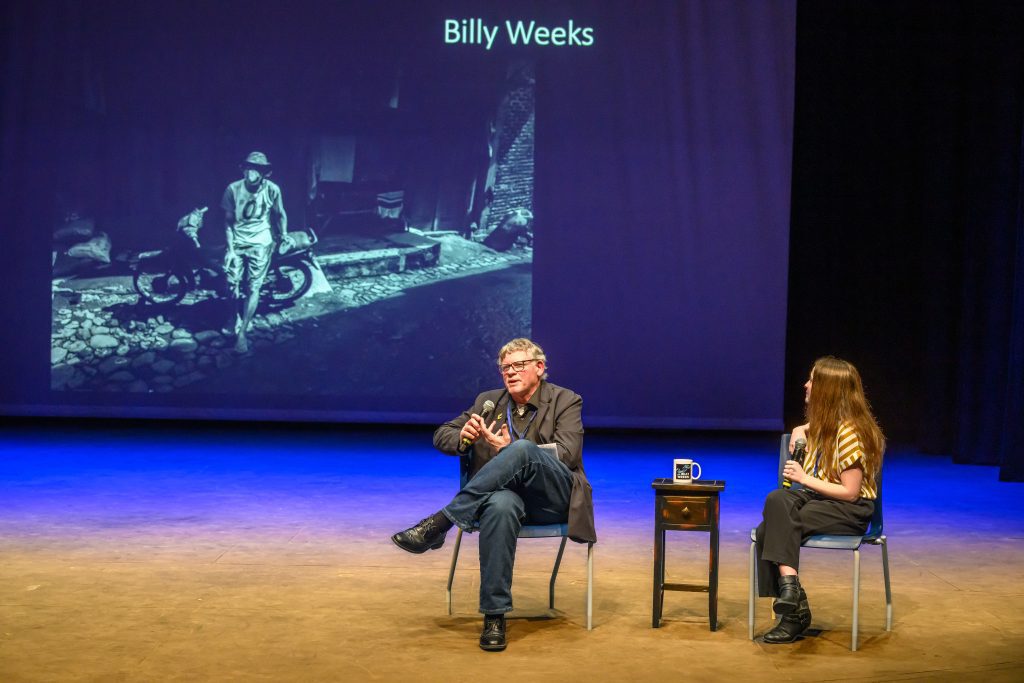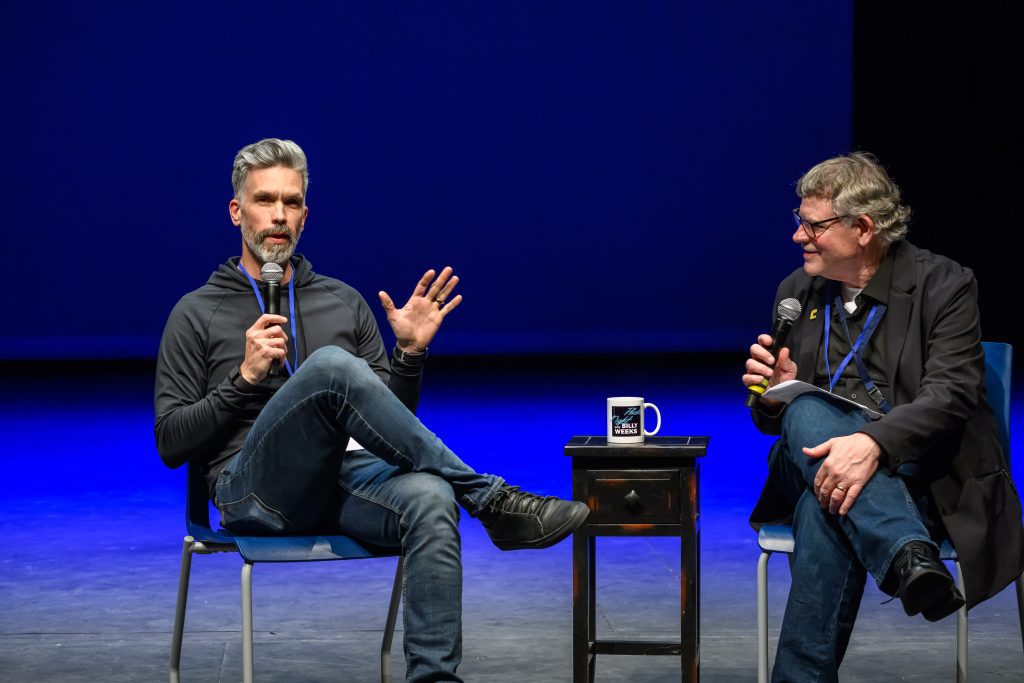Ah, the wonders of the internet, where every other click promises to unveil the secret to photographic mastery. From gear gurus to composition connoisseurs, YouTube thumbnails scream at you to discover the magic tip that will transform your photography from amateur hour to Ansel Adams in a snap.
But let’s hit pause on the hype train for a moment, shall we? Because here’s the real scoop: mastering photography isn’t about finding a quick fix or unlocking a hidden cheat code. It’s about putting in the time, honing your craft, and diving deep into the subjects that light your creative fire.
Before we debunk the myths and expose the truth, let’s take a stroll down Clickbait Lane and peek at some of the tantalizing titles that promise to revolutionize your photography game:
- “The ONE Camera Hack That Will Instantly Upgrade Your Shots!”
- “Unlock Pro-Level Photos with These Secret Settings!”
- “Composition Tricks the Pros Don’t Want You to Know!”
- “5 Must-Have Gadgets Every Photographer Needs NOW!”
- “How to Edit Like a Boss: Lightroom Secrets Revealed!”
- “Shoot Like a Pro: Mastering Manual Mode Made Easy!”
- “Get Insta-Famous Overnight: Social Media Secrets Exposed!”
Sound familiar? We’ve all fallen down the clickbait rabbit hole at some point, lured by the promise of quick fixes and overnight success. But here’s the reality check: while these tips and tricks might offer temporary boosts, true mastery comes from dedication, practice, and a willingness to learn from the best.
So, what’s the antidote to clickbait madness? Well, it’s not another flashy YouTube video or Instagram reel. It’s investing your time and energy into hands-on workshops led by seasoned professionals who have mastered the craft and made it their livelihood.
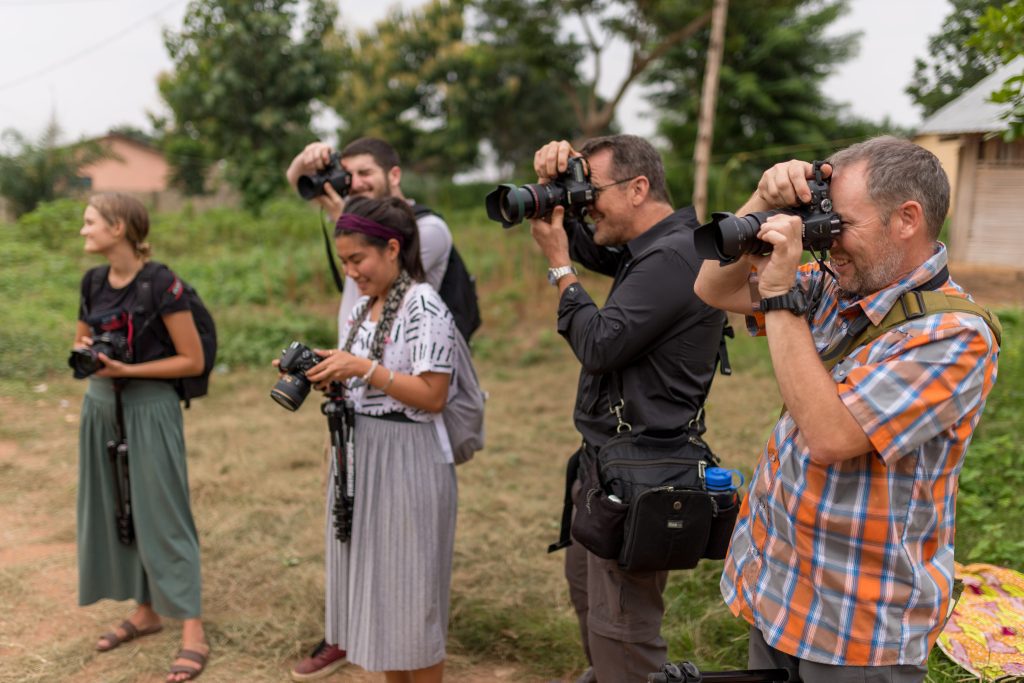
Here’s my humble list of topics that, while they may not promise instant gratification, will undoubtedly lead you down the path of true photographic enlightenment:
- Patience and Persistence: Rome wasn’t built in a day, nor are stunning portfolios. Embrace the journey and stay committed to improvement, even when progress feels slow.
- Understanding Light: Instead of relying on presets and filters, learn to see and manipulate light to create mood, drama, and impact in your photos.
- Composition Beyond the Rule of Thirds: Expand your compositional toolbox beyond the basics and explore concepts like leading lines, negative space, and visual storytelling.
- Mastering Your Gear: It’s not about having the latest and greatest equipment; it’s about knowing your gear inside and out, from camera settings to lens selection.
- Finding Your Voice: Discover what inspires you and develop a style that separates your work.
- Building Relationships: Photography is as much about connecting with your subjects as it is about technical skills. Learn to communicate and collaborate effectively to capture authentic moments and emotions.
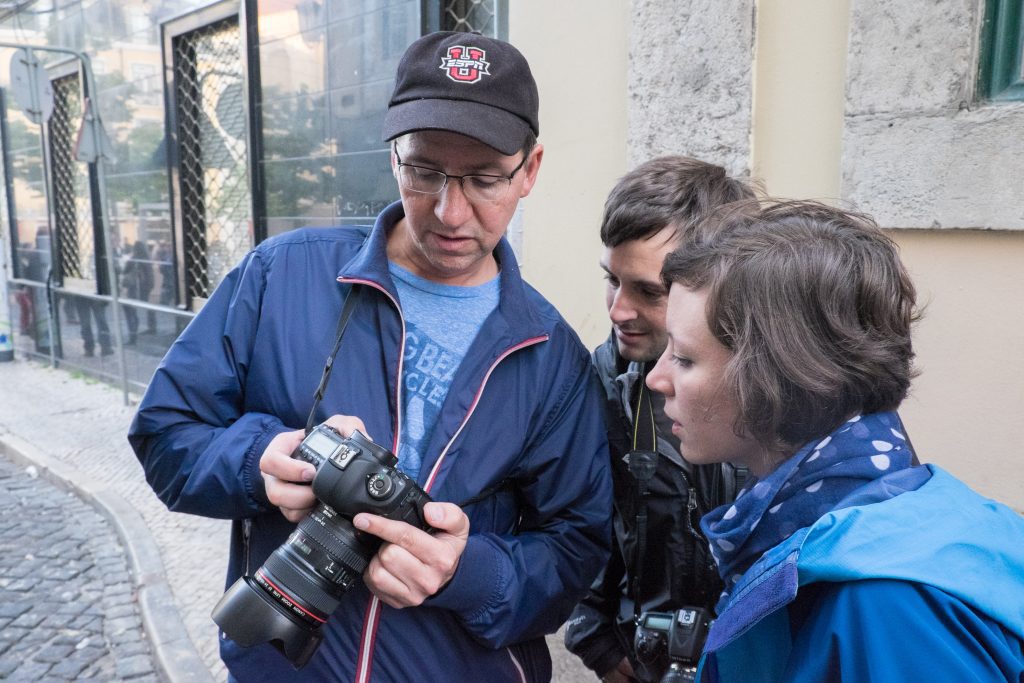
So, the next time you’re tempted by a flashy clickbait title promising instant photography fame, remember there are no shortcuts to mastery. But with time, dedication, and the guidance of experienced mentors, your photographic journey will be more prosperous, fulfilling, and ultimately more rewarding than any quick fix could ever offer.
Who’s ready to ditch the clickbait and start creating something significant? I’ll see you behind the lens.

